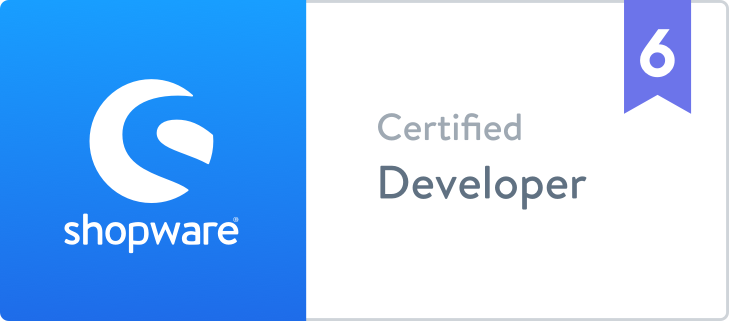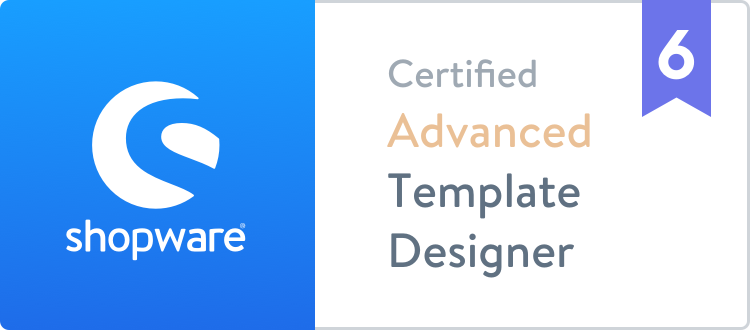When choosing a modern storefront, you’ll want to ensure it's built with responsive web design principles—using flexible grids, media queries, and scalable assets. The most common approach so far has involved refactoring the theme using Magento's Blank theme as a foundation and layering the design on top.
Some merchants decide to use Luma, which is Magento's demo theme, meant to showcase Magento’s capabilities out of the box theme. Customizing Luma directly is possible, but it can become difficult to maintain long-term, especially when applying future Magento updates or patches, as it includes extra styling and frontend logic that can get in the way.
There's also an option of using a full-featured premium theme but use cases for those are very limited as they offer highly generic experience that's very difficult to customize outside of its predefined options and come with a lot of bloat. While these might work for small businnesses with not a lot of traffic they're really not suitable for medium to large-sized stores.
PWA (Progressive Web App) is also an option for merchants that heavily rely on mobile traffic or complex user journeys. Magento supports PWA development via PWA Studio, which delivers app-like performance and offline capabilities. However, PWA projects tend to be much more complex and expensive than traditional theming due to its advanced tech stack which requires a whole team that specializes in headless development.
For many businesses, opting for a Hyvä Theme — a new high-performance Magento theme that's quickly gaining massive popularity, provides a similar performance boost and mobile-first design as PWA, with significantly less development overhead. It’s a great option for merchants who want to modernize without committing to the complexities of full PWA development.









